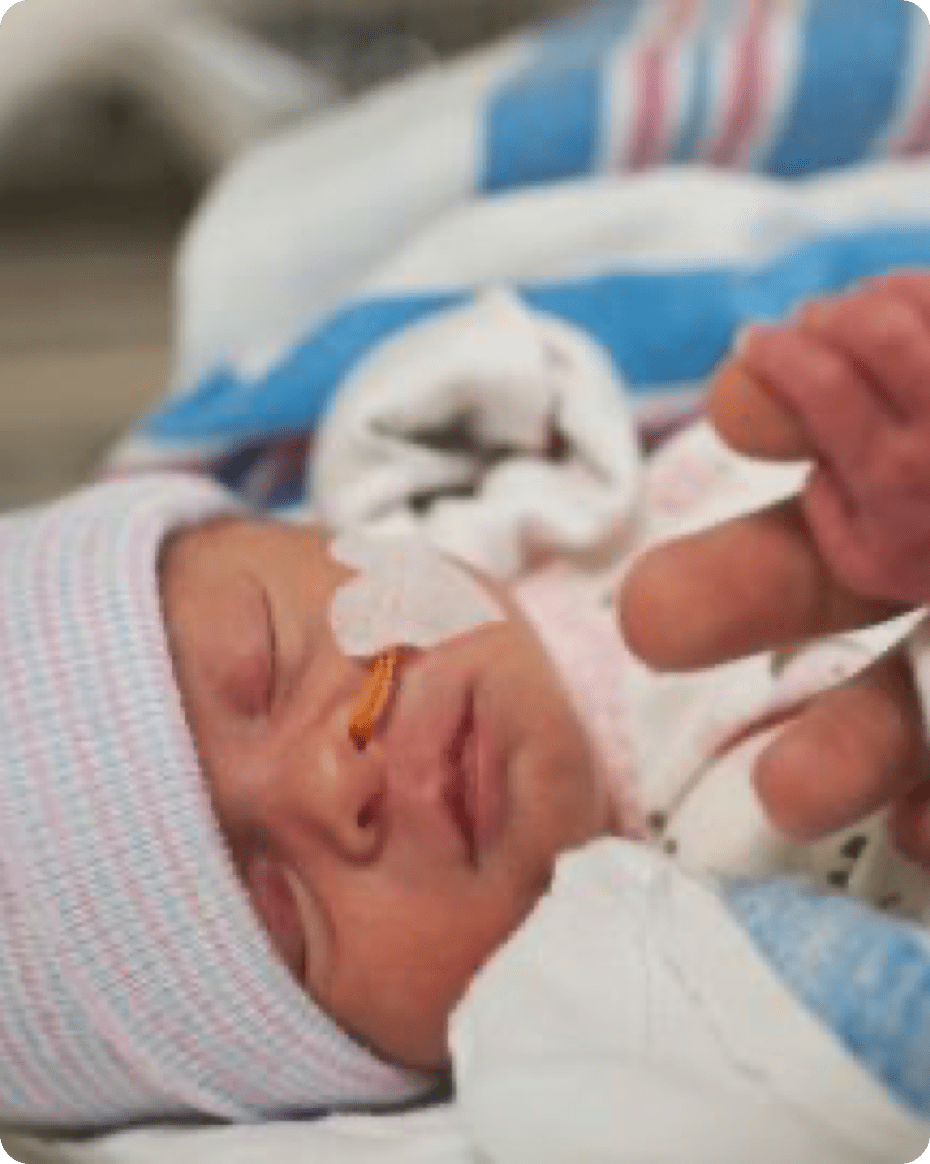In part 2 of our home birth series, we dig in to the details of what to do to really get ready to have your baby at home.
Below, Le'a Minton, MSN, APRN, CNM, IBCLC, and Board President of Midwives Alliance of Hawaii, walks us through how to prepare for your home birth.
1. What should I do to prepare for my home birth?
Have your house in order and the birth supplies your midwife has asked you to get organized and readily available. Have plenty of easily digested food and drink on hand for your labor.
When labor begins have your car full of gas parked near an easy exit and your bag packed for the hospital in the event of a transfer to the hospital.
It’s important to be prepared for a lot of hard work, possibly over a long period of time. Getting regular exercise throughout pregnancy and being well rested when labor begins makes a big difference in having the endurance. Toward the end of your pregnancy take naps as needed since you never know what time of day labor will begin.
2. What equipment or supplies should I have on hand?
Talk with your midwife about what you are expected to have ready for your birth. For example, you may need to get a birth tub if desired, or you may be able to rent one from your midwife. Every midwife has a list of supplies she wants the birthing mother to get. This will be separate from the supplies the midwife will bring to the birth, such as medications, her tools for assessing mom and baby, etc.
3. Who should be present at your home birth?
The question of who should be present at your birth is individual. Your midwife and her assistant(s) will be present, and if desired, the baby’s other parent. Some women want their mother, sister, friend and or a doula. The main thing is that whoever is there is additive to your experience of birthing your baby, has a deep trust in your birthing process and that you want them there. It’s also ok if not everyone’s role is being present with the mom during the birth. Some people choose to have a family member or friend cook food or watch the other children while the mother is laboring.
4. What if something goes wrong during my home birth? When would it be time to go to the hospital?
Midwives are trained to recognize issues with the mother or the baby that would indicate a need to transfer care to a hospital setting. It could be something as simple as failure to progress in labor after several hours or the mother’s request for additional pain management.
It could also be something more serious. Most complications that require transfer develop slowly, and together with your midwife a decision is made to transfer to the hospital to continue your birth there. If an emergency occurs you and/or your baby may be transported by ambulance. While this is rare it’s good to be prepared for all possibilities.
5. What are some of the benefits of having a home birth?
The benefits include staying in the comfort of your own home with the people you love. It can be helpful for siblings to feel included in the process. There also can be less interventions during the labor, birth and postpartum process - something women who choose home birth often seek.
6. After the baby is born, what services will the midwife perform for our family?
For families delivering in a hospital setting, midwives work with a team of nurses and a pediatric care provider to ensure mom and baby are stable and doing well after the baby is born. They check in each day the mom is at the hospital and can also assist with lactation support while in the hospital and in subsequent clinic visits. Midwives follow up with mom and baby in the postpartum period generally between 2-6 weeks, depending on the mom’s needs. Hospitals have staff that file the birth certificate for babies born in the hospital.
For families who choose to birth at home, after the baby is born, the midwife stays for a period of time to perform physical assessments of both the mom and baby to ensure that they are healthy and their bodies are adapting to the postpartum period normally. Midwives come back approximately 24 hours after the birth in order to check in on mom and baby, weigh baby to check that their weight loss is normal, check the baby’s jaundice level, offer critical congenital heart disease screening, newborn metabolic screening, and hearing screening. Midwives will refer clients seeking these services to appropriate care providers if they do not provide these services themselves. After the initial 24 hours, midwives will come back approximately every 5-7 days for the first 4 weeks to follow up with mom and baby and then will do a final postpartum and newborn visit around 6 weeks after birth. CNMs and CMs are trained to care for babies up to 28 days old, and CPMs are trained to care for babies for 6 weeks of life. Families can also follow up with a pediatrician during this time, or after the final postpartum appointment with their midwife.
Midwives do have training in lactation and can support mom/baby dyads with breastfeeding, inclusive of common difficulties the nursing dyad may experience. If the newborn is having feeding difficulties and/or the mom has scabbing, cracking, bleeding nipples, low milk supply or other abnormal symptoms from breastfeeding, the midwife should refer families to an International Board Certified Lactation Consultant (IBCLC). For a local directory by island you can check out Breastfeeding Hawaiʻi, the state breastfeeding coalition. IBCLCs are the experts in helping mom/baby dyads with complex feeding issues and they are aware of resources in the community for any additional services the nursing dyad may need.
If a midwife is a member of the Midwives Alliance of Hawaiʻi Registry, then she can assist the family with completing the birth certificate worksheet at the bedside, in their home, as well as witness and sign the voluntary establishment of paternity with parents who are unmarried. Parents can also request a social security number for their child through this process. This makes the birth certificate filing process easier for parents as it is sent directly to the Department of Health Vital Records. If a midwife is not a member of the Midwives Alliance of Hawaiʻi Registry, they provide documents to the family to take with them to the Department of Health office on the island where the birth took place to file the birth in person. Families needing to file in person should check with their local Department of Health office what the process is for filing the birth of their baby.
--
In Part 3 of our home birth series, we share the experiences of mamas within our community who home birthed their babies in Hawaii.
--
Mahalo to Le'a Minton, MSN, APRN, CNM, IBCLC and Board President, Midwives Alliance of Hawaii, for helping us to put this together!









